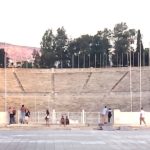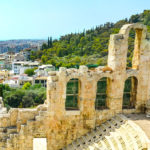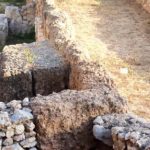
Right in front of the attractive neoclassical National Bank of Greece building, this site which lies just beyond the ancient city walls reveals three streets and a cemetery dating from the 9th century BC until the third century AD.
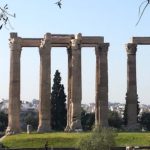
This is older than the acropolis dating from the 6th century BC, built under Hippias and Hipparchos. It remained unfinished until the Emperor Hadrian completed it some 700 years later in 131 AD. The original was huge, boasting 104 columns of which only 15 remain today.
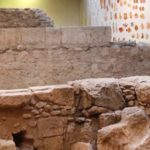
Below one of the busiest squares in Athens today, Monastiraki Square, lies a fascinating discovery that came to light only a couple of decades ago.
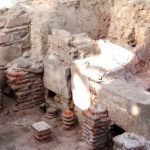
You wouldn’t suspect that the lush, serene national gardens of Syntagma (which were the Royal Gardens of King Otto and Queen Amalia a few decades back) were the site of sophisticated Roman Bathhouse.
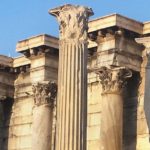
Here’s an excellent reminder of the level of knowledge and education that existed some 2000 years ago. Hadrian’s Library, built in 132 AD, was a repository for rolls of papyrus – the equivalent of books then – and state archives.
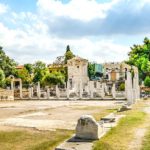
Around the time of Christ, the new Roman Agora established itself as the center of activity in Roman-controlled Athens, especially since the Ancient Greek Agora had long become a historic relic by then.
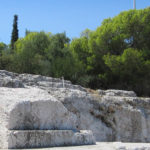
While not much remains of the structures that were once there, the Pnyx is one of the most significant sites of Classical Greece for what it stands for.

A young monument on Ancient Greek standards that’s just 19 centuries old, Monument was built in 116 AD on a hill to commemorate Gaius Julius Antiochus Epiphanes Philopappus, a prince from an ancient Armenian kingdom of Commagene who was a well-connected aristocrat, Roman consul and senator during that time. A true admirer of Greek culture, he sponsored artistic events and was well revered by all.

